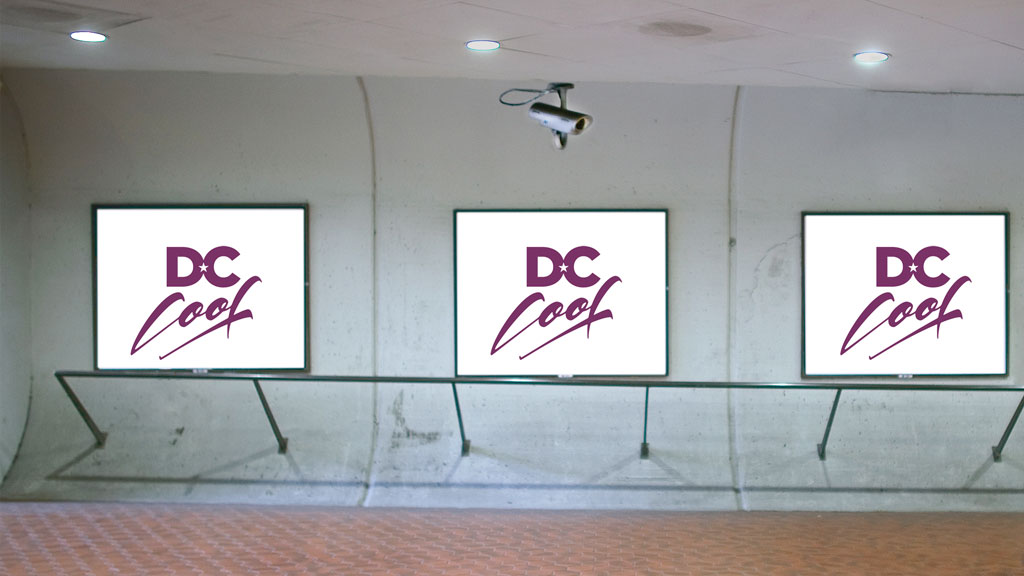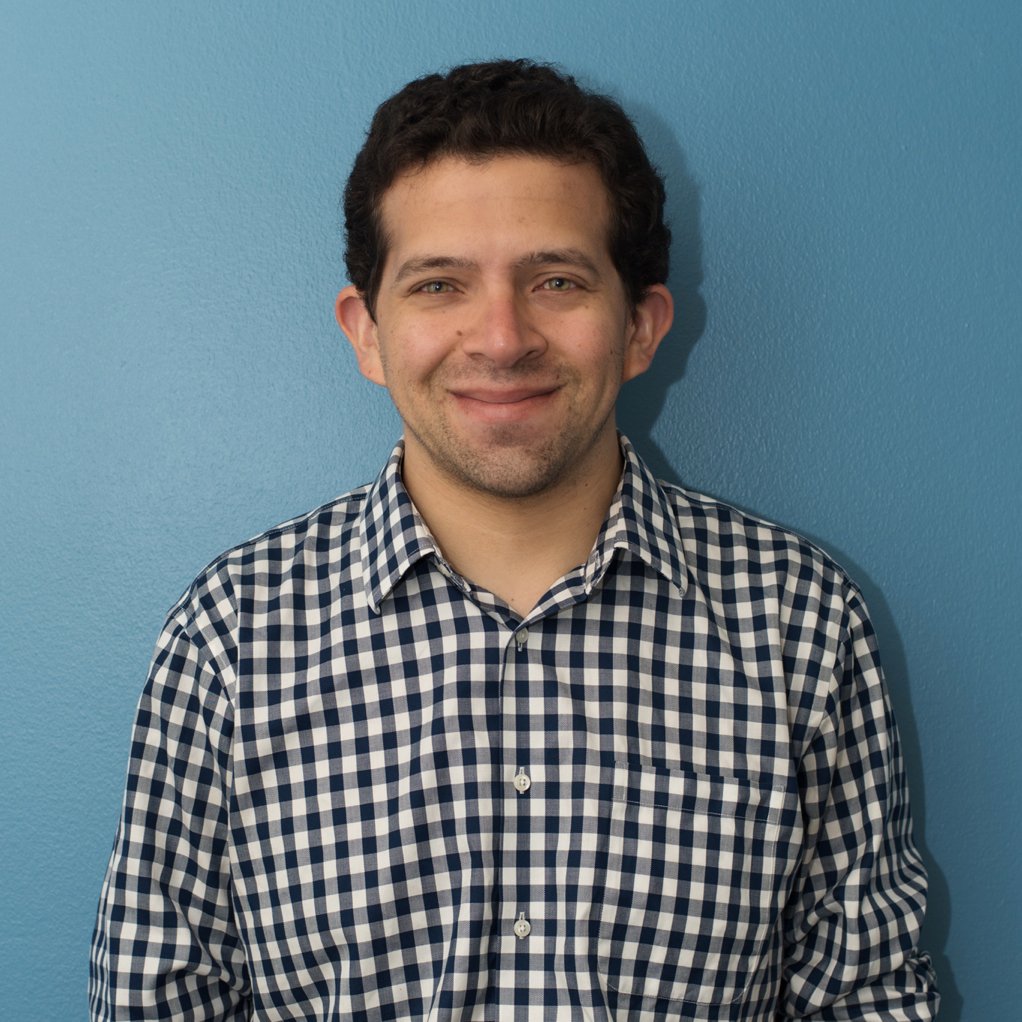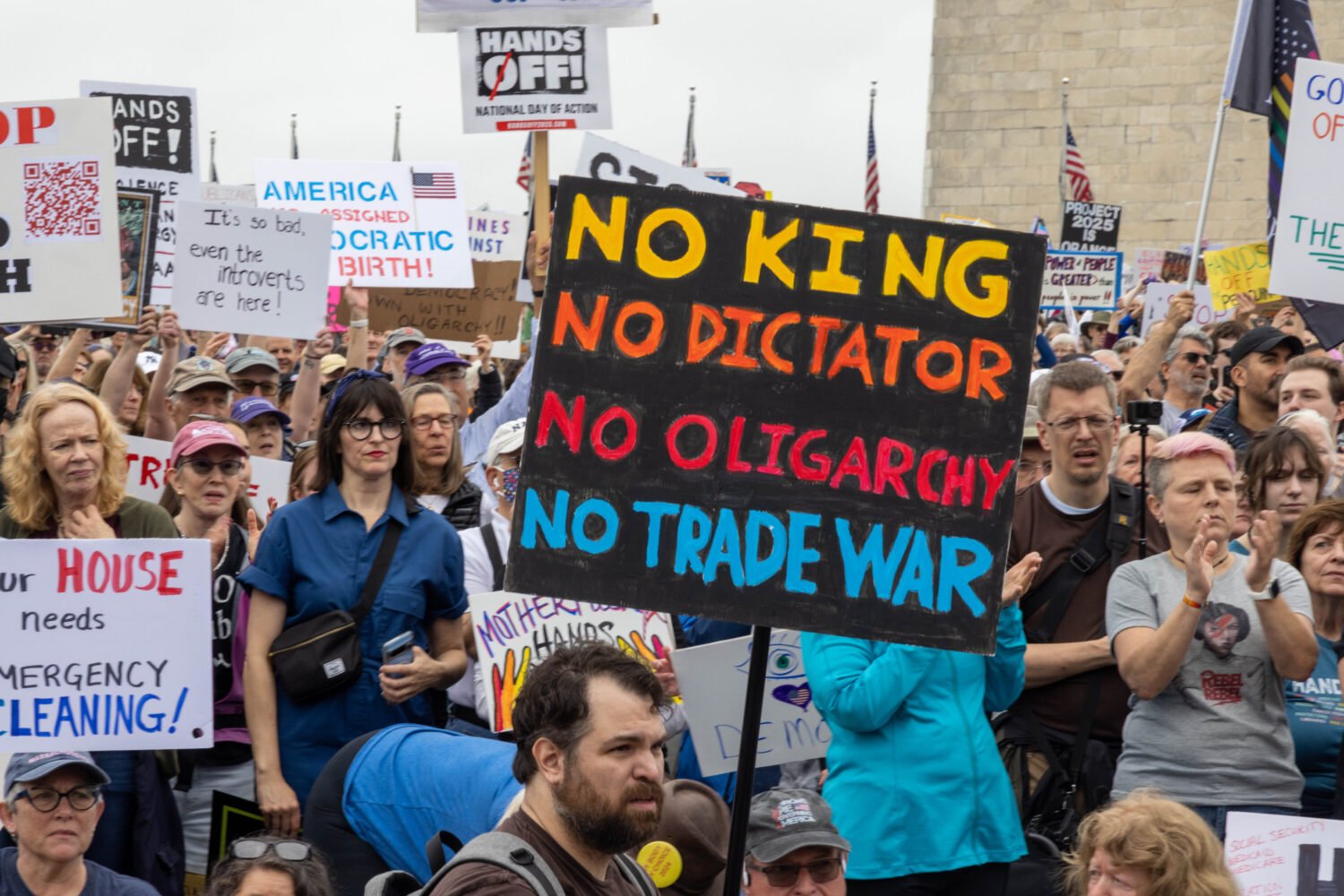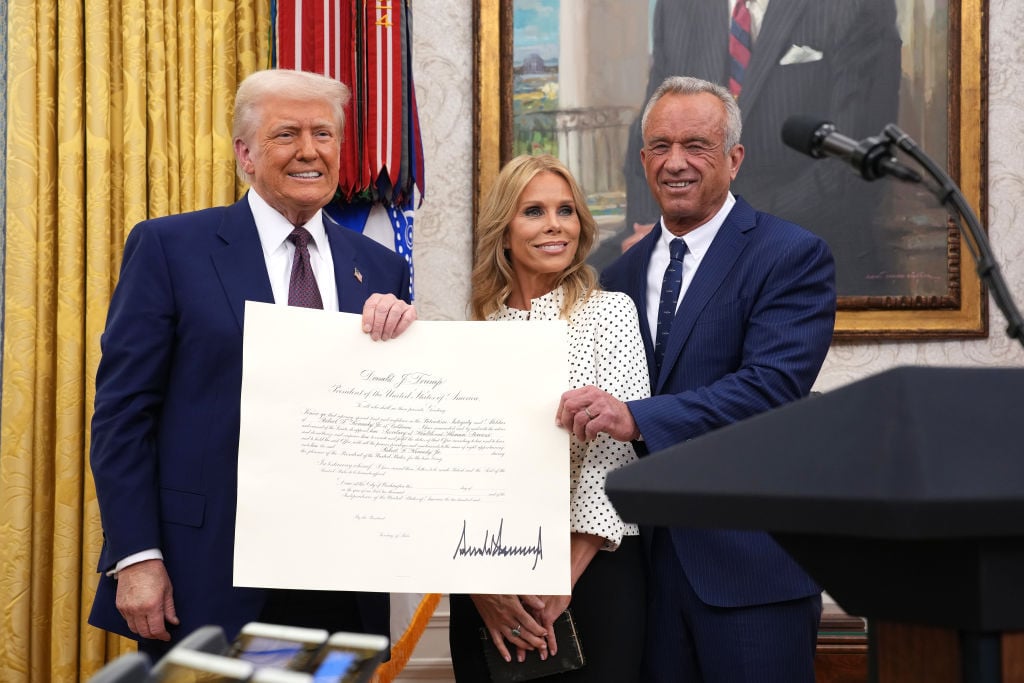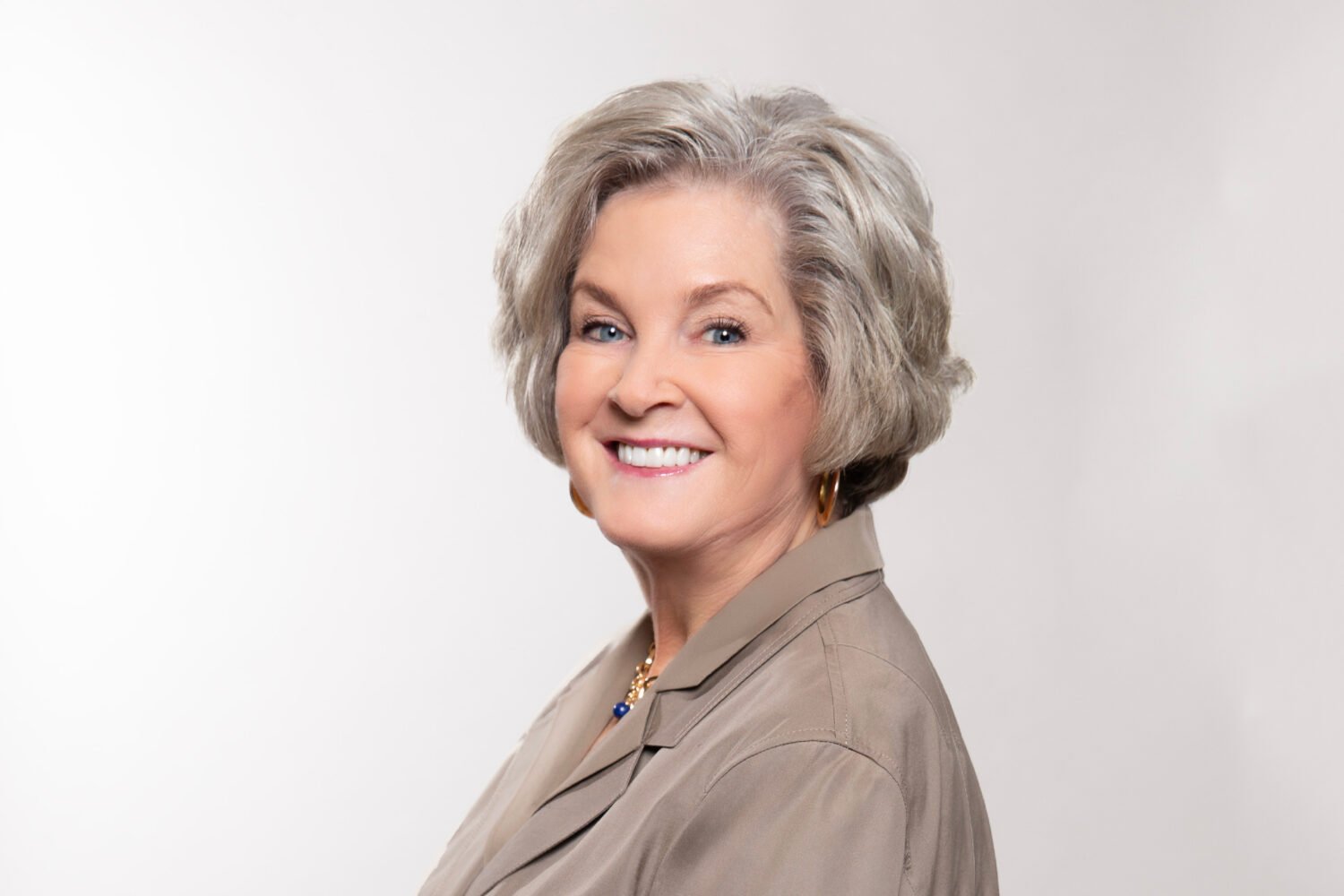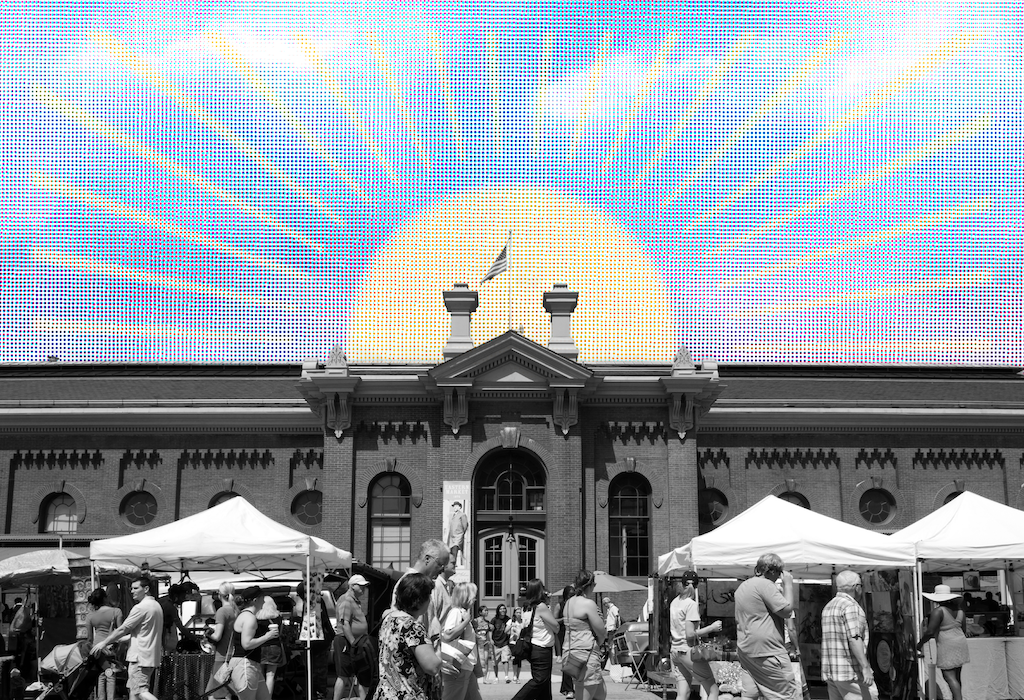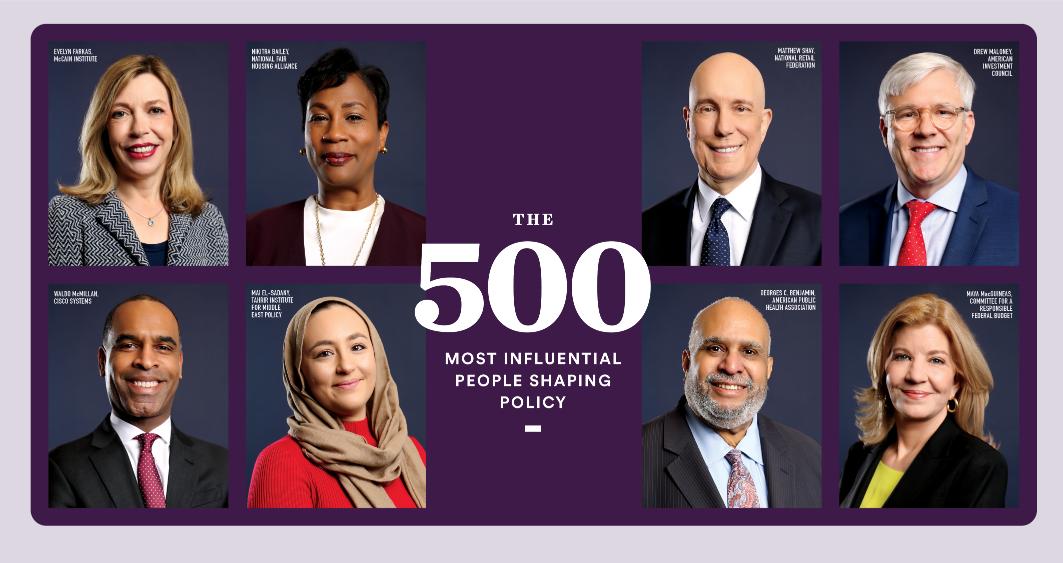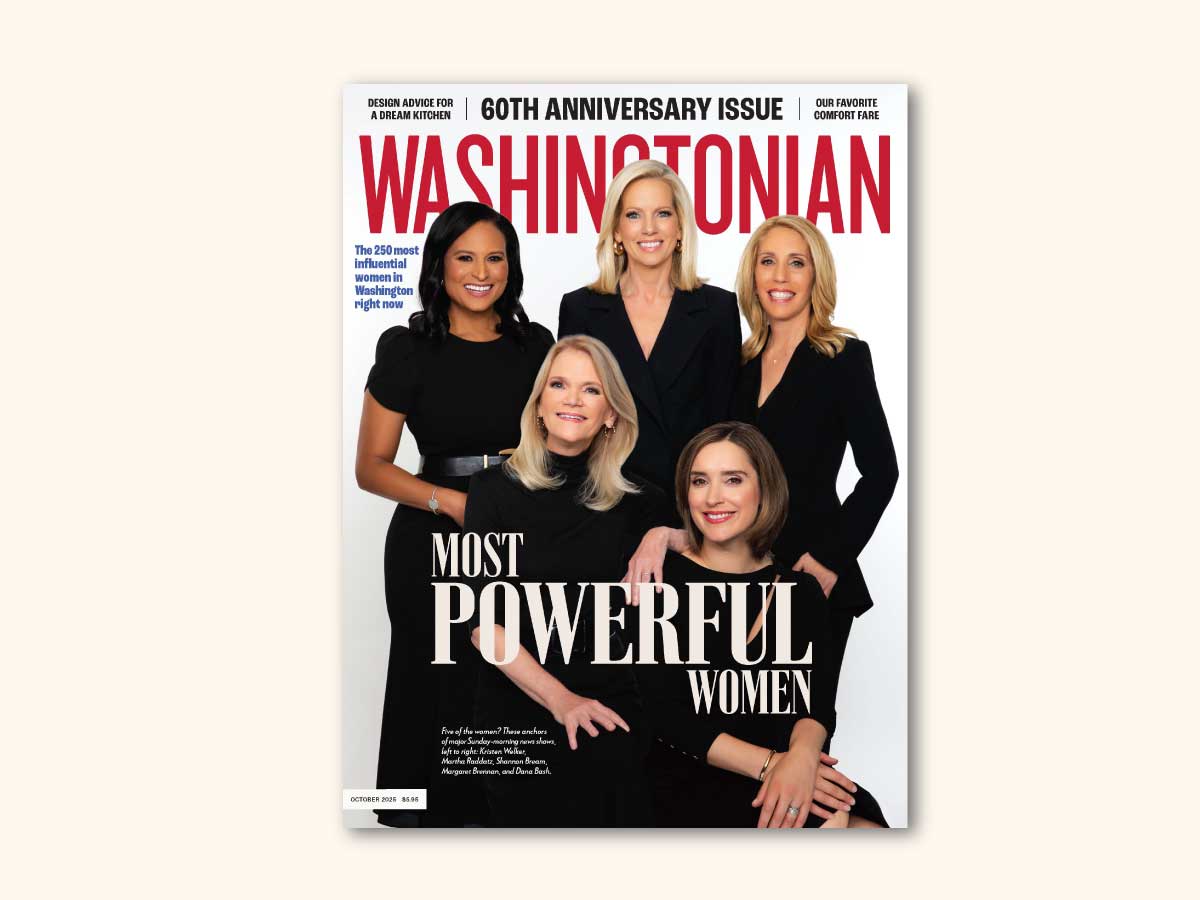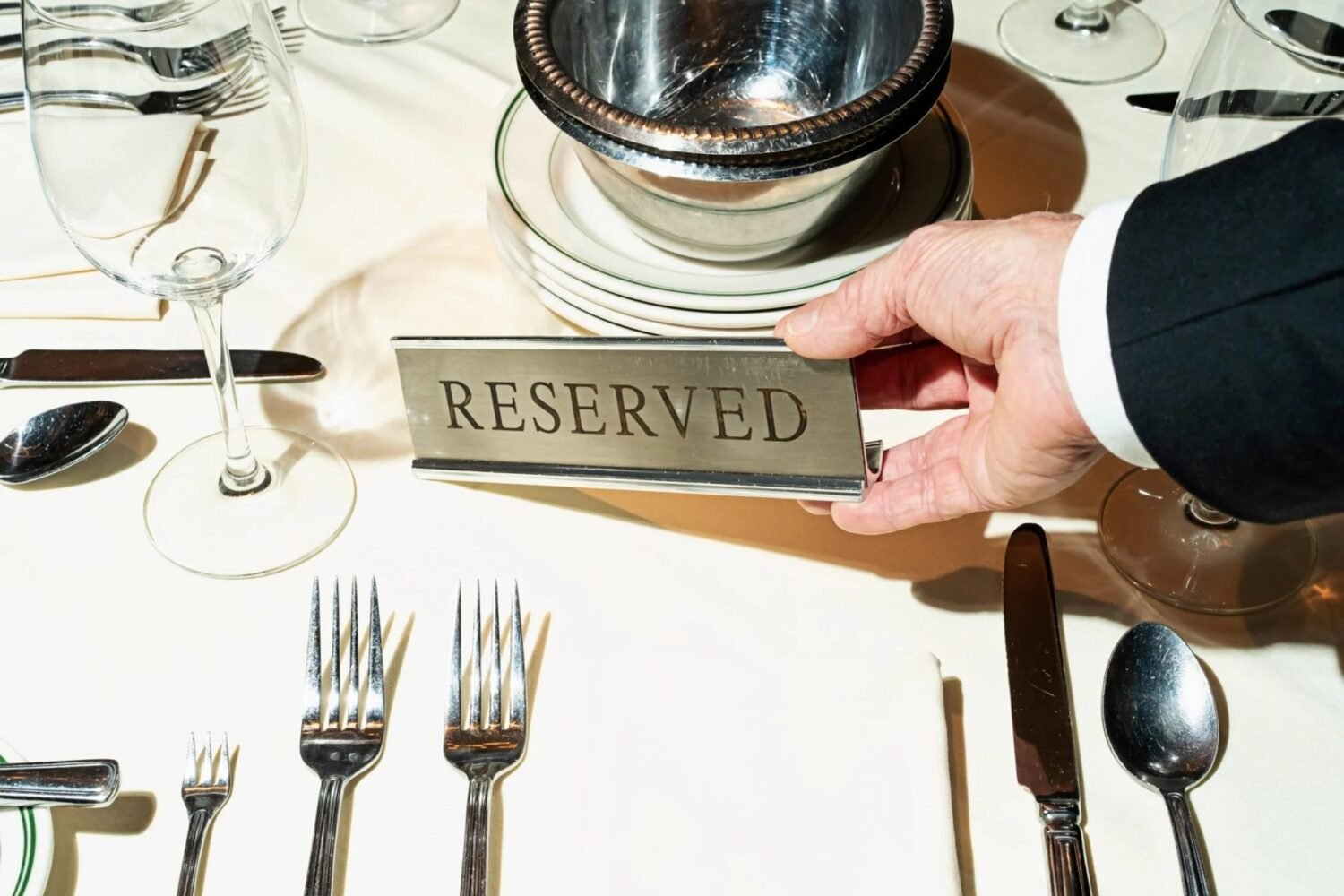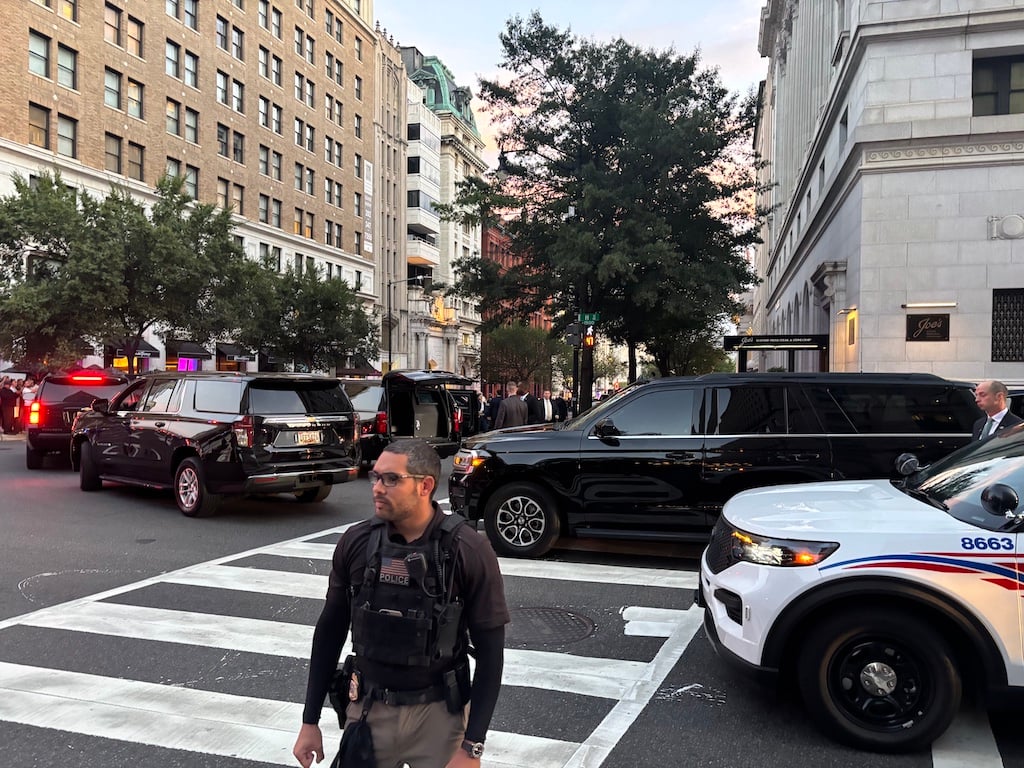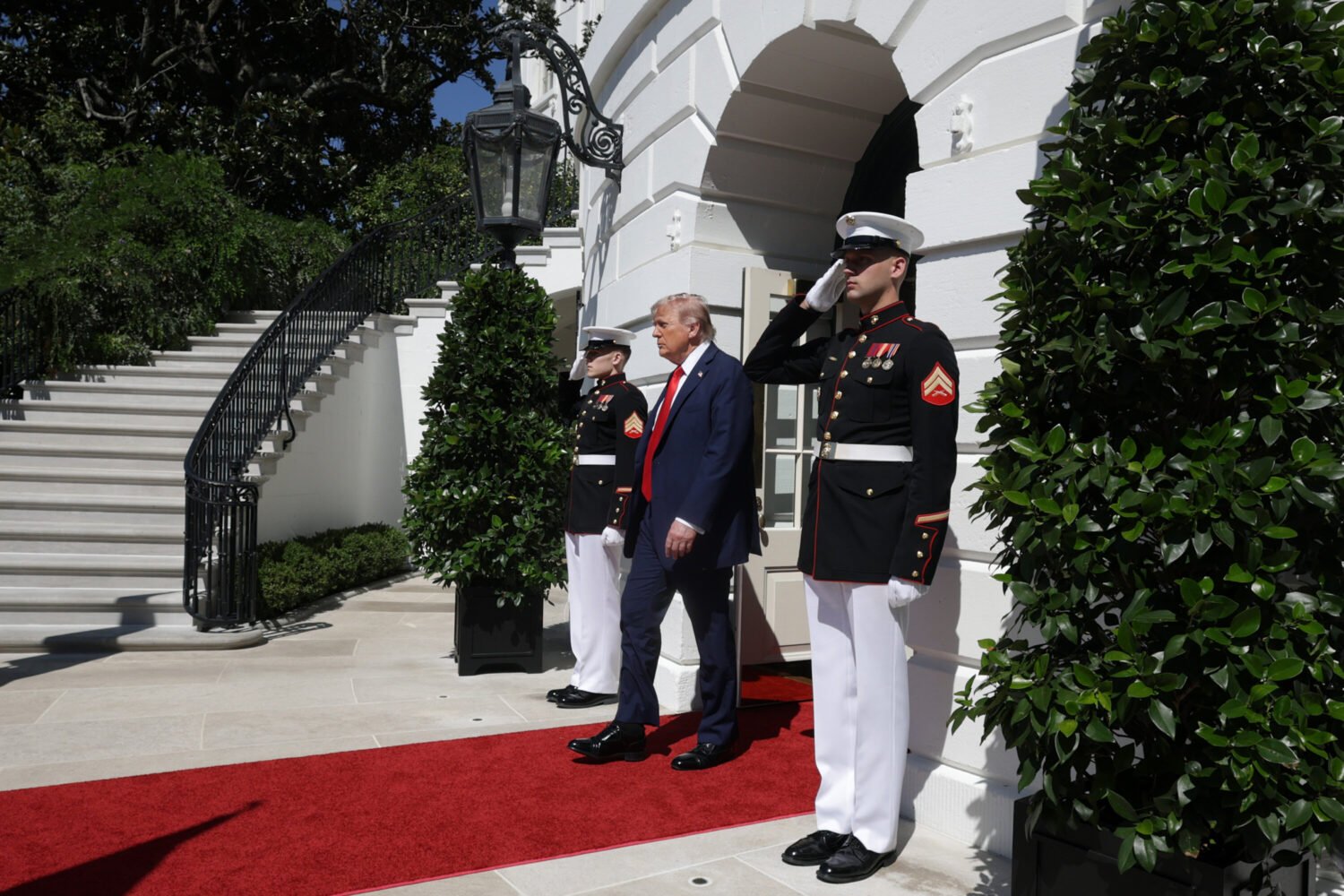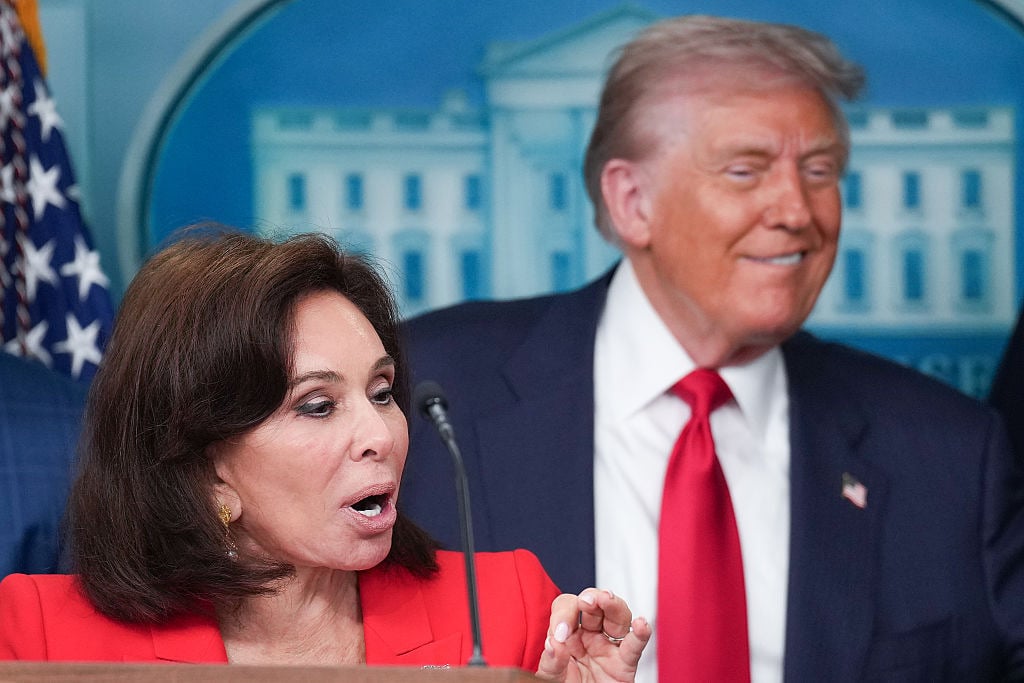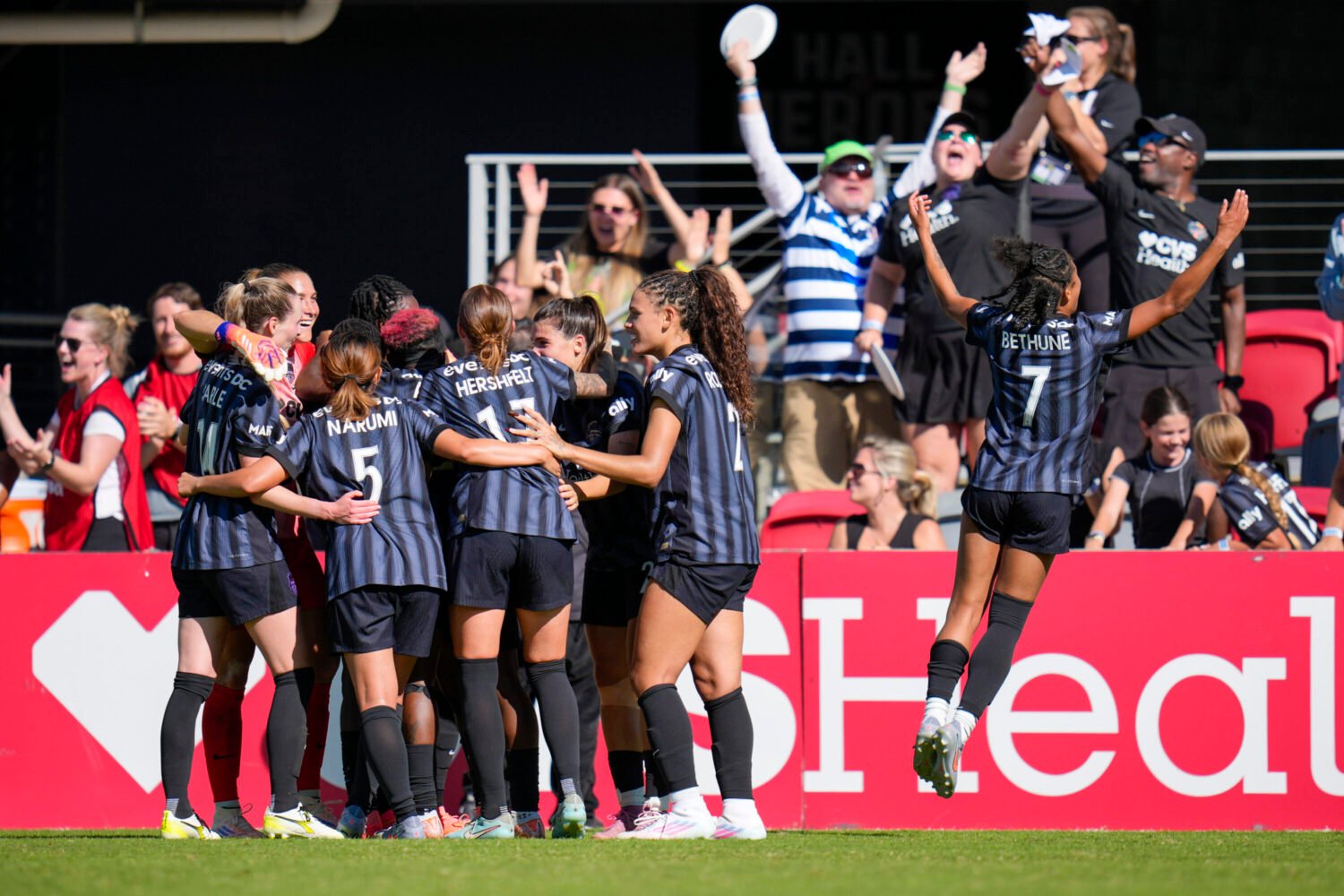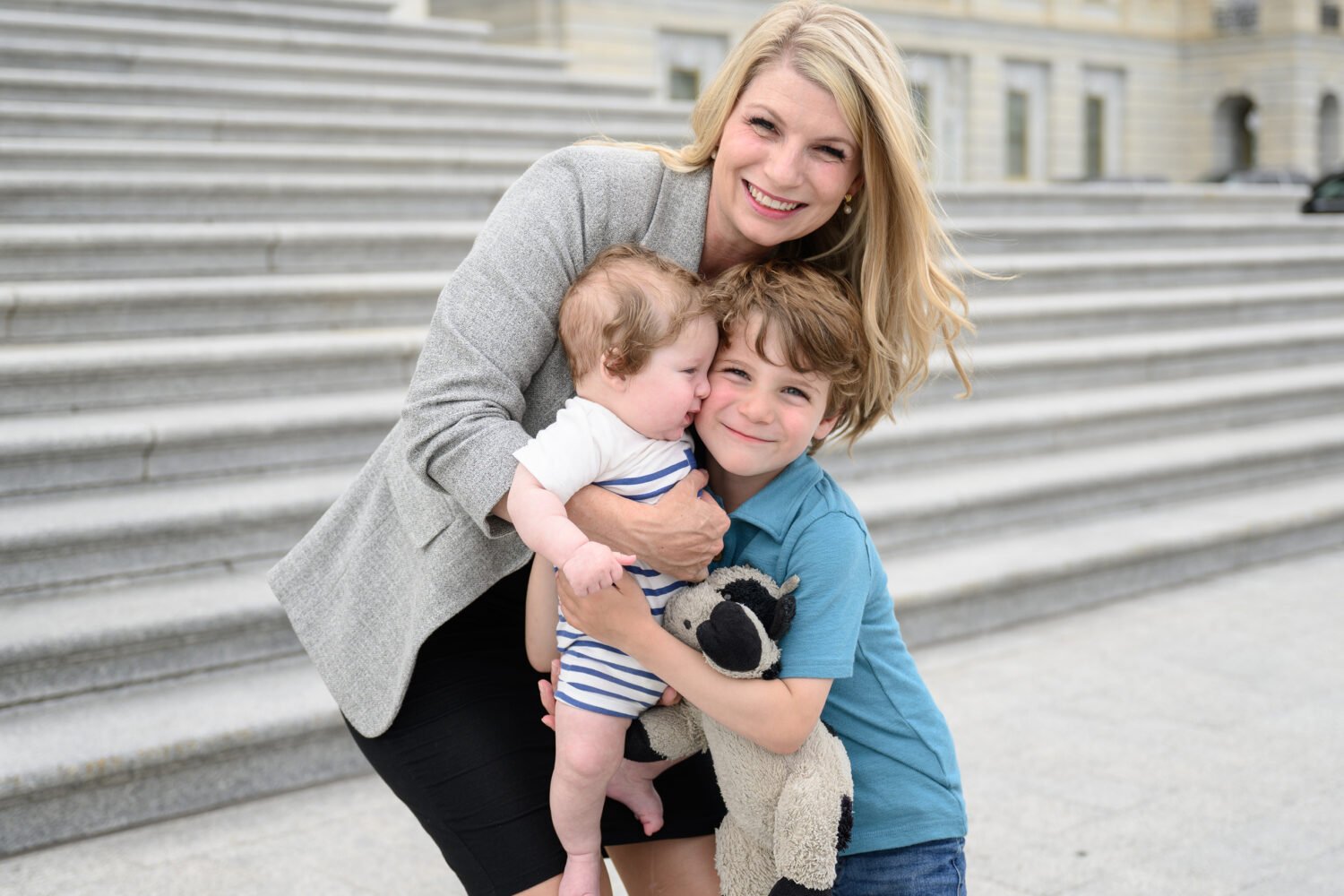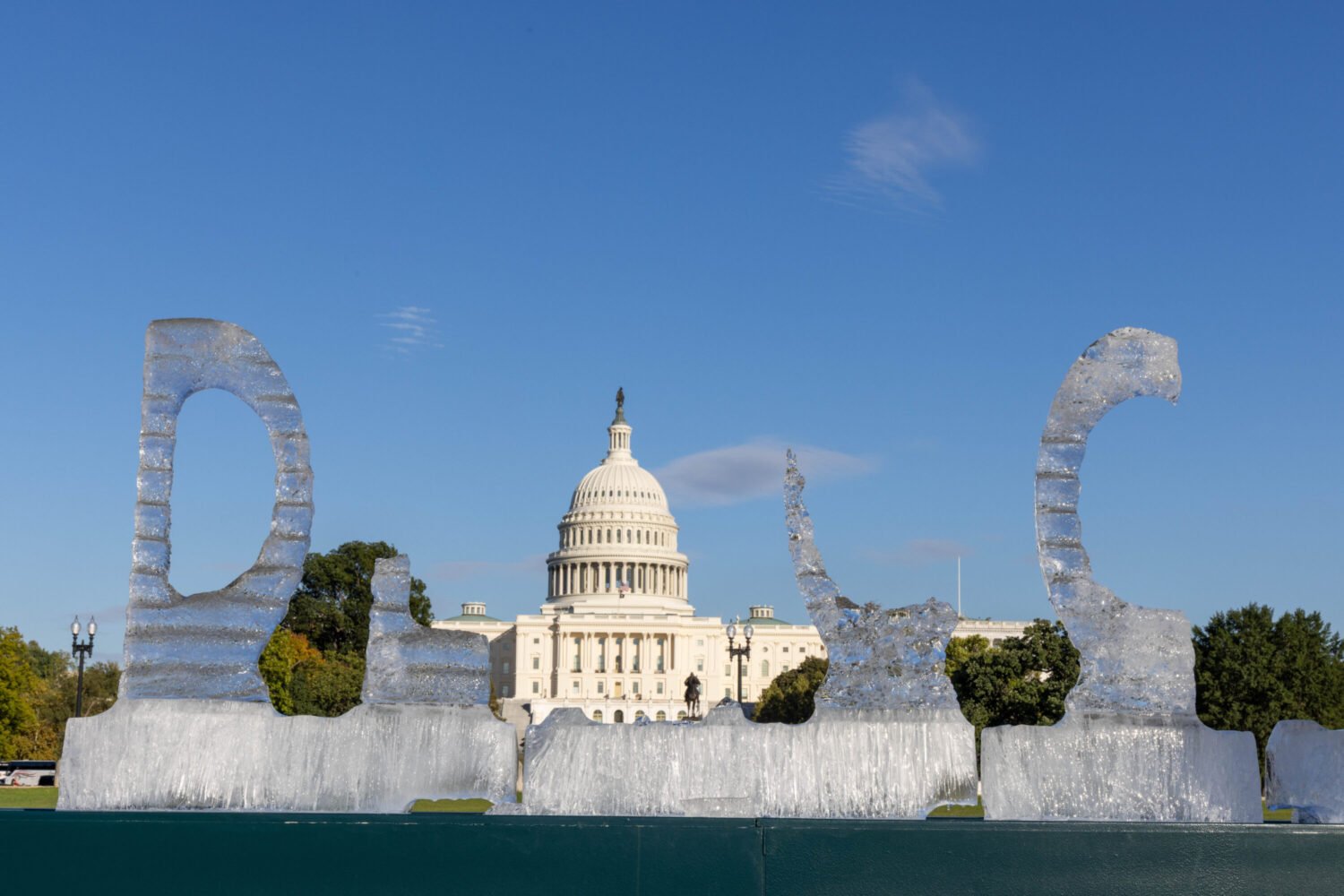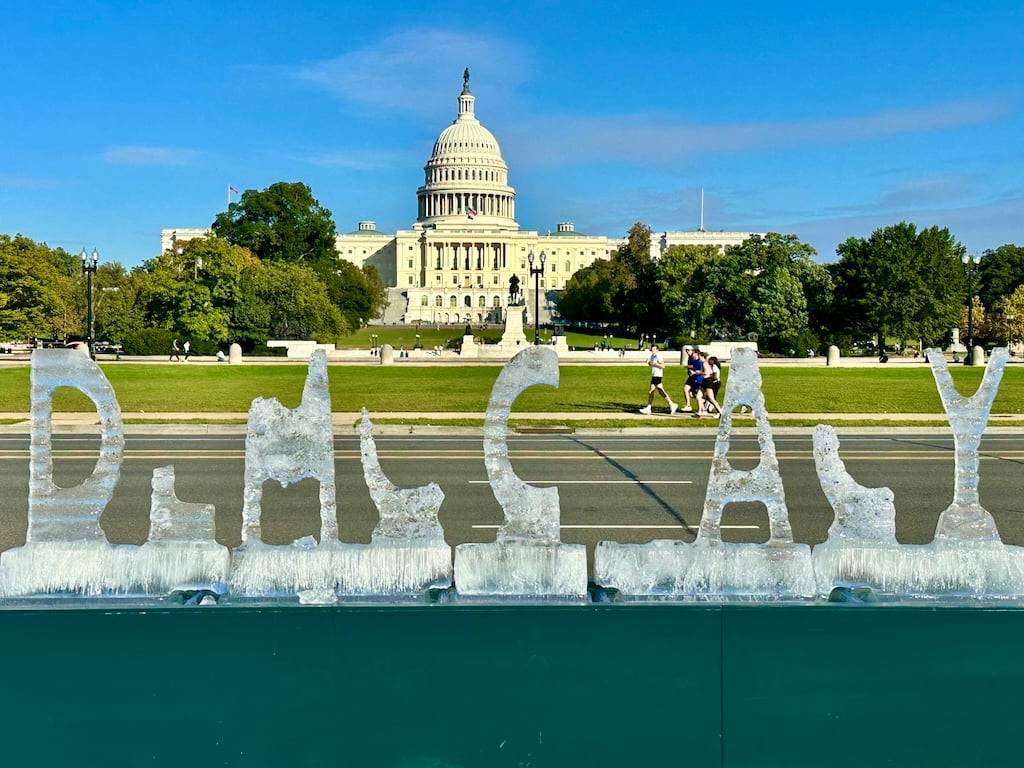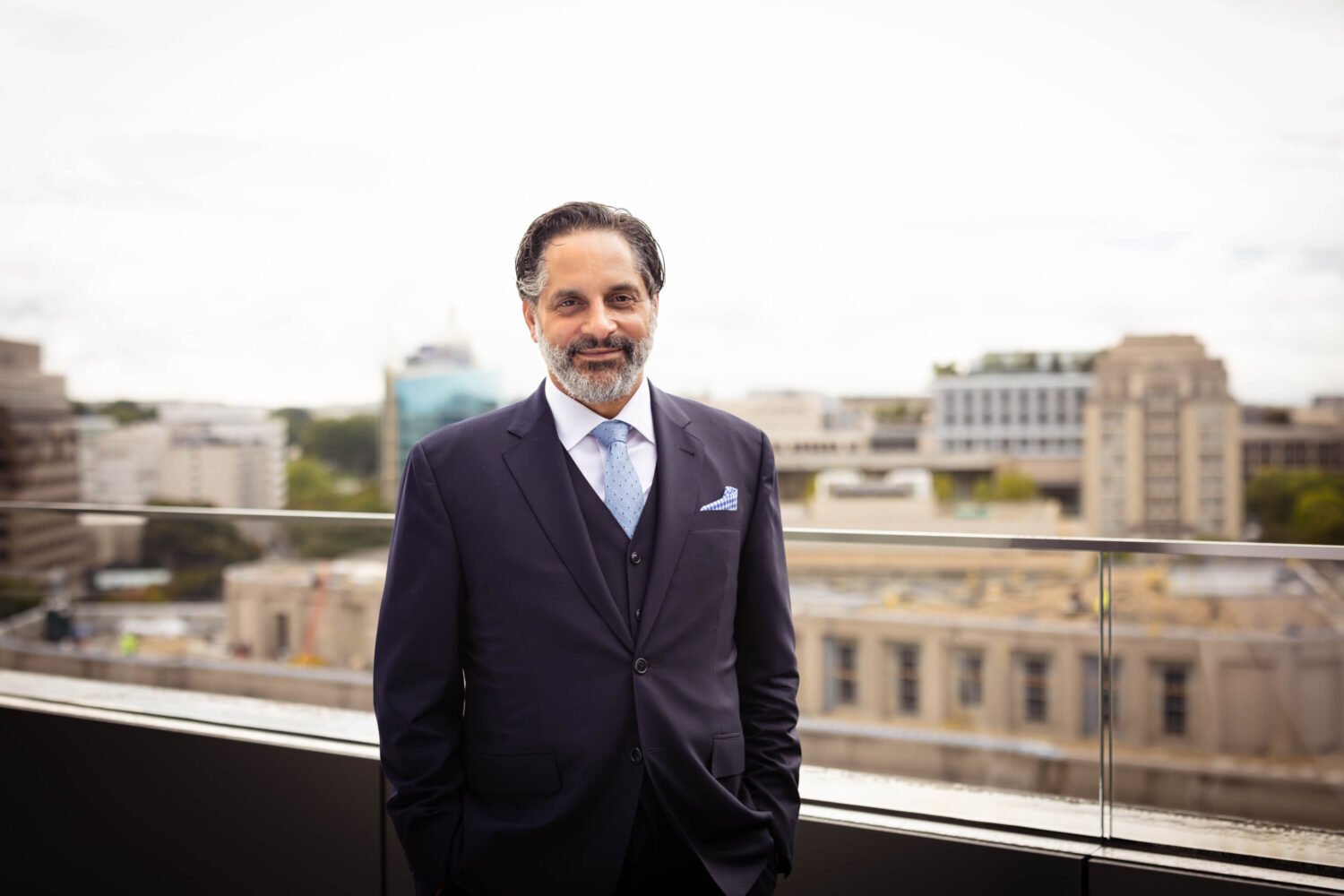Americans see Washingtonians as “corrupt,” “educated,” and “arrogant”—at least that’s what they told a research firm working with the 2030 Group, a coalition of business leaders helmed by local developer Bob Buchanan. The research was delivered back in October, before Donald Trump’s calls to “drain the swamp.”
It’s a harsh characterization of the city—compliments about our big brains aside. Harsh enough, it turns out, to provoke the Greater Washington Board of Trade, the Metropolitan Washington Council of Governments, and other organizations to push forward with the Branding Greater Washington Task Force, for which they hope to raise $5 million.
The task force wants to reform people’s understanding of the capital—make it less about partisan gridlock, more about our robust private sector, food scene, and web of advocacy, nonprofit, and idea-industry organizations. And, yes, that overeducated population. Focus on those boons and Washington might even build enough “regional swagger”—as Cary Hatch, the marketing executive behind the venture puts it—to stay competitive with midsize cities such as Kansas City and Columbus.
The germ of the rebranding effort was planted in 2015 with DC’s failed bid to host the 2024 Summer Games. “We lost because of our brand,” gadfly investor Mark Ein told a business conference in McLean last year, because Washington is considered “the evil face of the US empire.”
This Olympic-size identity crisis may have instigated thoughts of an image update, but the arrival of a President hell-bent on demolishing Washington’s institutional traditions seems a more acute cause.
Either way, it’s not a new quest. DC has been branding and rebranding itself for decades. The pitches change with the times—and ultimately they’re less about how outsiders see Washington than how we see ourselves.
Thus in 2013, the city’s tourism board capitalized on the post-recession boom by packaging Nats Park and new nightlife spots such as the Rock & Roll Hotel into a marketing campaign called “DC Cool.” Ads featured young people laughing and sipping Champagne. A two-minute video toured DC in black and white while a narrator sounding a lot like Morgan Freeman intoned jazzy couplets: “It’s the best night’s sleep you ever had, or tempting excuses for being bad.”
https://www.youtube.com/watch?time_continue=22&v=1_H-m53wuR4
Five years earlier, though, Washington boosters had embraced the federal part of its identity with ads inviting visitors to “Create your own power trip.” The tag lines were hokey, but coupled with a new, popular President Obama, they were an improvement on the previous slogan—“The American Experience,” which felt dusty and alienating by the end of George W. Bush’s terms.
Sometimes, the makeovers were necessitated by a self-inflicted mess. The “Celebrate the city—discover the world” campaign of 1990 wasn’t officially a response to Marion Barry’s drug trial, but it’s hard to disregard the timing. DC—with a climbing homicide rate, plummeting tourism, and a punchline for a mayor—was desperate for good publicity. “We need to do everything we can in order to build the image back up, both nationally and internationally,” an official with the convention bureau said at the time.
City-branding efforts are nominally focused on attracting travelers and new businesses, but the first hurdle has always been pitching to locals. In 1982, when officials got envious of campaigns like “I Love New York” and “Virginia Is for Lovers,” the District decided it was time to remind its denizens that “Washington Is a Capital City,” by spending $100,000 on bumper stickers, buttons, and soft-rhyming radio jingles: “Culture at the Kennedy Center and a marching band at Cardozo. Parades through Chinatown and pandas at the zoo.” The goal wasn’t to get visitors to come back—it was to get us to want them back. “We want Washingtonians to try to be a little kind and receptive,” said the attorney heading the campaign.
Whether or not we’ve become better hosts since then, the world seems to think we still lack a smiling, welcoming demeanor, at least according to the branding task force’s research. So what’s a local marketer to do? Steering headfirst into the latest storm—perhaps with a #notaswamp social-media push—would follow the established pattern. Washingtonians have forever wanted the world to see us as more than a bunch of federal stiffs. But this sort of campaign would also reward Trump’s insistence that Washington is a cesspool that needs clearing. It also implicitly undercuts the rebranding’s other theme. After all, many elements of Washington that the effort seeks to promote—advocacy groups, nonprofits, research facilities, and other corners of the “ideas economy”—thrive because they’re near the federal government.
Besides, why validate a President’s misguided, metonymic view of the city? Here’s an idea: Go the other way. Since the election, “resistance” has become an essential part of the Washington identity. Locals boast that only 4 percent of the capital voted for Trump. The institutions his administration seeks to slash have become rallying points for fundraising. Protest—as a now-famous sign hoisted in front of the Trump International Hotel told us—is the new brunch.
The Washington that Trump wants to demolish is the same one that contains all the things that supposedly attract the educated, earnest, entrepreneurial people the Branding Greater Washington team is counting on. Why run from our defining industry when it’s never felt more righteous to embrace it?
This article appears in the May 2017 issue of Washingtonian.

